
THE WAY OF THE SCOTTISH CLANS
[caption id="ForKithandKin_Feature" align="aligncenter" width="1024"]

WWW.BRITAINONVIEW.COM/VK GUY LTD/PAUL GUY
After 1745, when the Jacobite supporters of the exiled House of Stewart failed in their fourth and final attempt to retrieve the lost throne of England, the most significant casualty was the Scottish clan system. Not all the clans had fought for the Young Pretender, Charles Edward Stewart, but all shared in the punishment. A series of laws, culminating in the Act of Proscription of 1746, sought to eliminate everything that had underpinned the clans— their traditional broadswords and other weapons, their bagpipes, the teaching of Gaelic, their ceremonial gatherings, tartans and badges, and many of their chiefs who lost their lands and in some instances their heads. Thousands were killed and thousands emigrated. Thousands more were forced out of Scotland during the Highland Clearances of 1763-75, and as a result this assault on the clan way of life changed the face of Scotland forever.
[caption id="ForKithandKin_img1" align="aligncenter" width="427"]
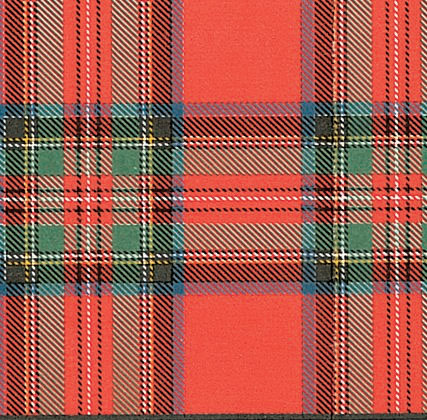
WWW.BRITAINONVIEW.COM/VK GUY LTD/PAUL GUY
In Scots Gaelic, clann means “children” or more broadly “family,” and stands for the solidarity and deep loyalty made possible by kinship. The clan system came to Scotland with the arrival in Argyll of the Celtic tribe the Romans called “Scotii.” The Scotii came from Dalriada in County Antrim, Ireland, and by the 5th century AD, they had established a kingdom that spanned the waters between eastern Ireland and western Scotland. In time, the Scotii and their clan system absorbed the native Picts, another Celtic people.
[caption id="ForKithandKin_img2" align="aligncenter" width="427"]
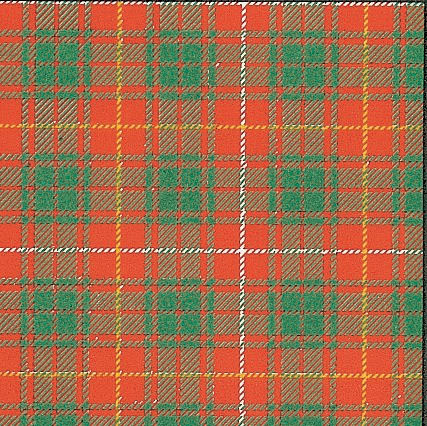
WWW.BRITAINONVIEW.COM/VK GUY LTD/PAUL GUY
Although the Scots are popularly identified as “Celtic” even today, they were not homogeneous for long. The British Isles, rich in fine, fertile farmland and, it was rumored, mineral wealth, had long been a target for invaders, and Scotland did not escape the influx.
[caption id="ForKithandKin_img3" align="aligncenter" width="426"]
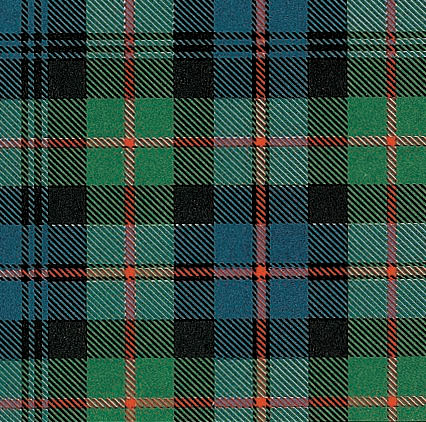
WWW.BRITAINONVIEW.COM/VK GUY LTD/PAUL GUY
The Anglo-Saxons of Germany and northern Denmark first reached what was then Roman Britain in the 3rd century AD. Eventually, they penetrated the Scottish lowlands, giving rise to the often-uncomplimentary nickname “Sassenach,” meaning “of Anglo-Saxon origin” or “Southerner.” After them, the Norse Vikings, who first raided the east coast of Britain in AD 793, sailed from Scandinavia to settle in England, and they were followed in 1066 by the Norman conquerors.
[caption id="ForKithandKin_img4" align="aligncenter" width="426"]

WWW.BRITAINONVIEW.COM/VK GUY LTD/PAUL GUY
Immigrants from one Norman family, the de Bruses, were the ancestors of Scotland’s most famous and most fiercely nationalist king, Robert the Bruce (1274-1329). Other individual arrivals included Freskin, a Flemish adventurer, who may have been the progenitor of Clan Murray and Clan Sutherland. The clan mix even included an English family that fled north across the border to escape the Norman invaders after 1066. Their origin was revealed in their clan name, Inglis.
The newcomers, Viking and Norman alike, formed their own clans and became integrated into the Scots’ way of life. In time, unrelated families attached themselves to existing clans for the sake of loyalty or mutual interest, and septs or subsidiary families accepted clan protection in times of danger and trouble.
There was no shortage of either in Scotland. Murder, kidnapping, cattle rustling and assorted acts of violence were constant in the northern kingdom. The clan system had many benefits—social cohesion, family loyalty, self-reliance—but it had never been a recipe for peace, and many vicious feuds were settled in blood over successive generations.
Just how damaging this could be was poignantly illustrated by the fate that overtook the MacGregors, who became a “broken” clan after they slaughtered some 200 Colquhoun clansmen at the Battle of Glenfruin in 1602. Subsequently, the MacGregor chief and 11 of his clansmen were hanged, and the name of MacGregor formally abolished. It was not until 1775 that the name was restored by Act of Parliament. The MacGregors, however, were not the only culprits. The vendetta had originated as far back as the reign of Alexander II (1214-49), when the king had awarded the MacGregors land at Glenorchy belonging to the Campbells. Allied with the Colquhouns, the Campbells neither forgave nor forgot. Glenfruin, which ruined them, was the MacGregors’ reaction to almost 400 years of vicious harassment and persecution by the Campbells and Colquhouns.
[caption id="ForKithandKin_img5" align="aligncenter" width="431"]

WWW.BRITAINONVIEW.COM/VK GUY LTD/PAUL GUY
This is only one example of a situation in which savage feuds, festering for centuries, were marked by outbursts of blood and violence. Consequently, it was vital that clan chiefs should be skilled and preferably charismatic military leaders. As leader, only the chief had the right to command his army, whether it was for the defense of clan territory, a set-piece battle or a raid on neighboring clan lands. The leadership qualities required were considerable when the Campbells of Argyle, for example, could call 4,000 men to battle and the Mackenzies 3,000. Even the chief of a small clan such as the MacDonnells of Keppoch had 500 men at his disposal.
[caption id="ForKithandKin_img6" align="aligncenter" width="430"]
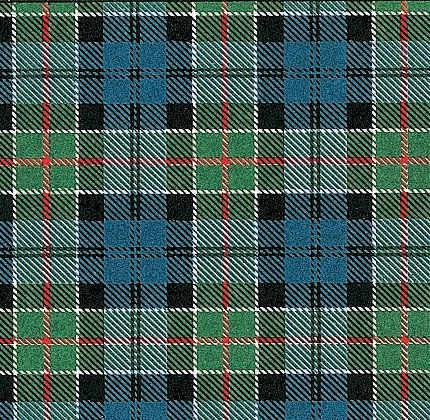
WWW.BRITAINONVIEW.COM/VK GUY LTD/PAUL GUY
Equally onerous were the social responsibilities that devolved upon a chief. He was, theoretically and often actually, the “father of the clan” and therefore duty-bound to care for his “children.” It was up to the chief to share out small parcels of land or property to clan members, particularly to his younger sons and grandsons whom were due their share of the ancestral lands once they married and founded families of their own. Where there was no judiciary to decide an issue, the clan chief had to resolve disputes and pronounce justice.
[caption id="ForKithandKin_img7" align="aligncenter" width="431"]

WWW.BRITAINONVIEW.COM/VK GUY LTD/PAUL GUY
However, unlike medieval kings, the chief of a clan was not regarded as semidivine or as a figure to be approached with awe and reverence. Far from it. He had a close personal relationship with his clansfolk and relied on his innate wisdom and the force of his personality to earn and maintain his eminence. This was, in its way, a meritocracy that enabled a chief to have an equal relationship with even the humblest of his clan, yet still retain respect. There was an element of democracy about this process; as some Scottish court records show, decisions were not always the personal pronouncements of the chief, but were occasionally made with the support of “the whole commons and tenants.”
[caption id="ForKithandKin_img8" align="aligncenter" width="428"]
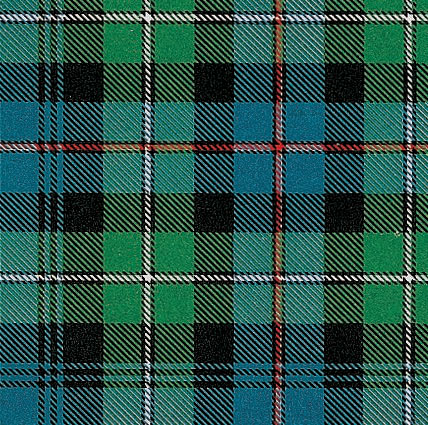
WWW.BRITAINONVIEW.COM/VK GUY LTD/PAUL GUY
Clan chiefs also acted to mitigate crises caused by inclement weather, poor harvests and other problems inherent in a pastoral society that lived close—sometimes too close—to volatile Nature. It was the chief who provided seed corn and stock and postponed the payment of tenants’ rents after the clan had suffered a bad year. Where the clan was faced with famine, the chief fended off starvation by providing grain. Consequently, the bond between chief and clan was strong and more enduring than what existed between a feudal liege lord and his subservient vassals.
[caption id="ForKithandKin_img9" align="aligncenter" width="1024"]

WWW.BRITAINONVIEW.COM/TNT ERIC NATHAN
A CLAN CHIEF’S MOST VITAL CARE WAS TO PRESER VE THE CLAN LANDS, FOR IF THESE SHOULD BE LOST, THE CLAN WOULD CEASE TO EXIST.
A clan chief’s most vital function was to preserve the clan lands, for if ever these should be lost or critically reduced, the clan effectively ceased to exist as a cohesive unit. Lands were acquired by various means: royal grant, inheritance by means of marriage to an heiress, or conquest. However they were acquired, though, the violently adversarial temper of the clans meant that the way to keep lands was by force of arms; legal entitlement might exist, but as the MacGregor experience revealed, this might not be sufficient to fend off a vigorous challenge even when backed by royal sanction.
[caption id="ForKithandKin_img10" align="aligncenter" width="426"]

WWW.BRITAINONVIEW.COM/VK GUY LTD/PAUL GUY
Similarly, the law of primogeniture—the succession of the eldest son—could be a dangerous luxury for a clan. No clan could afford to be saddled with a chief who gained his position by right of birth but was unsuited by either temperament or experience to perform the task it imposed on him. Although primogeniture eventually established itself among the Scottish clans, the old Celtic practice of “elective” leadership, in which the most suitable candidate was chosen from a group of male kinsfolk, persisted as late as the turn of the 16th century.
[caption id="ForKithandKin_img11" align="aligncenter" width="426"]
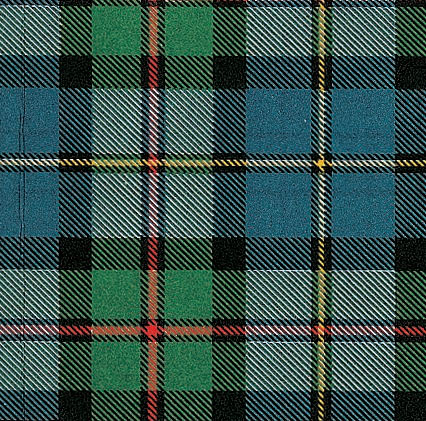
WWW.BRITAINONVIEW.COM/VK GUY LTD/PAUL GUY
Leadership under the clan system embraced a great deal more than matters of survival, war, law or sustenance. The Scots Highlands, where most of the clans were concentrated, was a hard place in which to live, but there was still time and effort given to the arts and sciences, such as medicine, sculpture, literature and music. Certain clans came to specialize in providing specific services. Some were hereditary physicians, for example, or hereditary harpers.
[caption id="ForKithandKin_img12" align="aligncenter" width="425"]
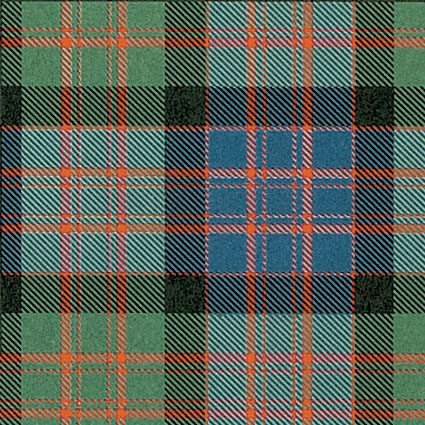
WWW.BRITAINONVIEW.COM/VK GUY LTD/PAUL GUY
Among clan musicians, the most prominent were the pipers, and special schools for training them were established by the MacLeods and the MacDonalds on the Isle of Skye. The bagpipes served many purposes in clan life. They were played to accompany dancing to provide rhythm for oarsmen rowing ships between the Hebridean islands, and to take clan armies into battle.
[caption id="ForKithandKin_img13" align="aligncenter" width="425"]
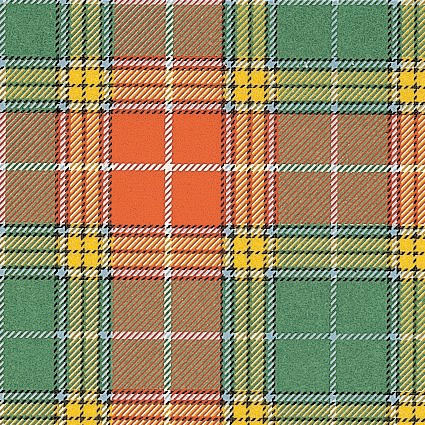
WWW.BRITAINONVIEW.COM/VK GUY LTD/PAUL GUY
It was this last function that led to the banning of the bagpipes after 1746, together with virtually everything else that characterized Scotland and the Scots and their clans. The proscriptions lasted more than 30 years, until the founding of the Highland Society of London in 1778. Under the society’s influence, many longlost features of Scots life—the tartan, the bagpipes, Scots dancing, Gaelic language and literature—became legal once again.
There was, of course, no going back to the days before 1746, when the clans were able to enjoy the freedom of the glens, and their chiefs were masters in their own house. Too many clansfolk had been killed, too many had left Scotland and too much power had passed into the hands of central government in London. Nevertheless, clan life and organization were now able to continue in another form, among private societies devoted to keeping the old traditions alive, ensuring clan history was not forgotten, enabling clan members to keep in touch and aiding the poor and underprivileged among them.
The first, the Buchanan Society, actually predated the last, fateful Jacobite rebellion of 1745. It was instituted in Glasgow 20 years earlier, on March 5, 1725. The interest is by no means confined to Scotland itself. More than 200 clan societies and associations exist in the United States, with more established in Canada, Australia and New Zealand, all of them destinations for the emigrants forced after 1746 to depart Scotland and home and seek safety and freedom overseas.





Comments